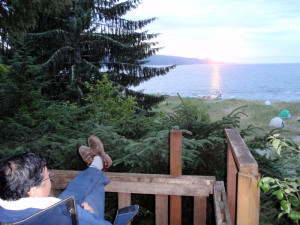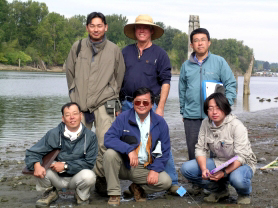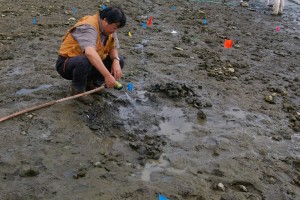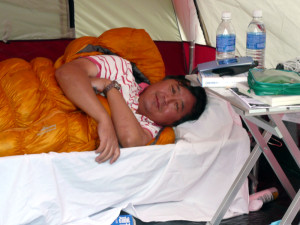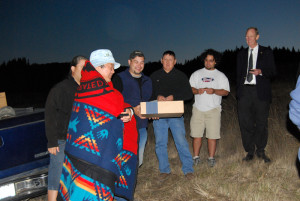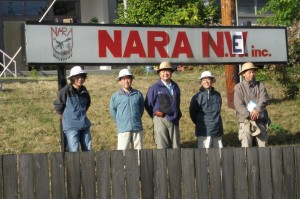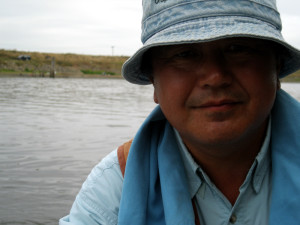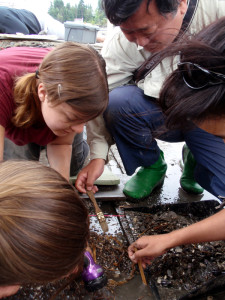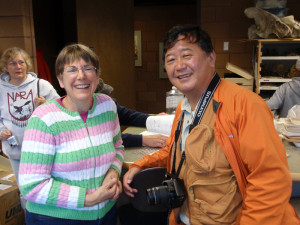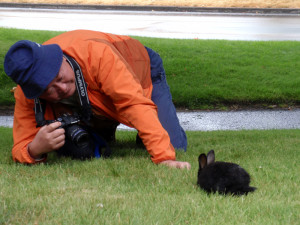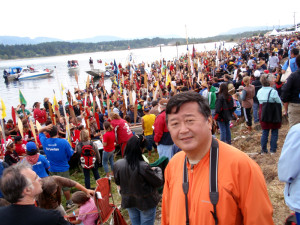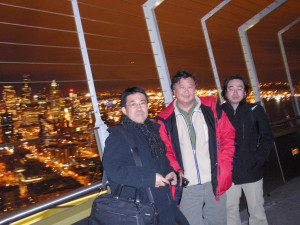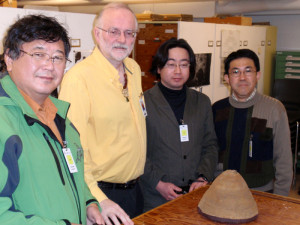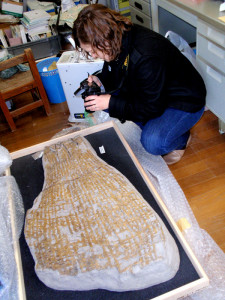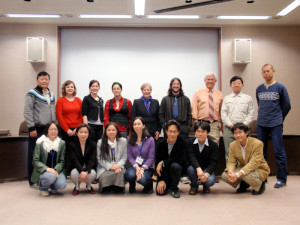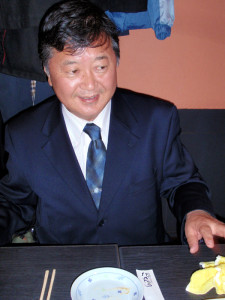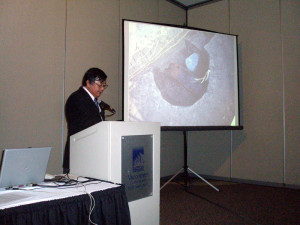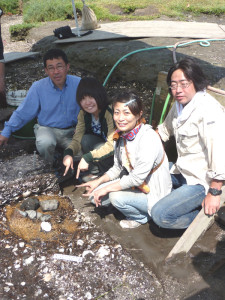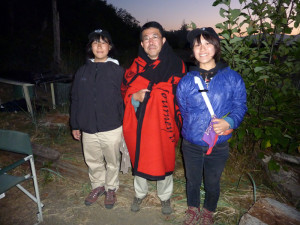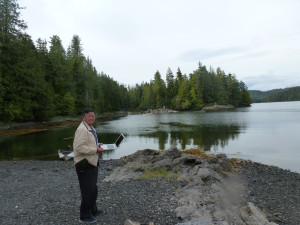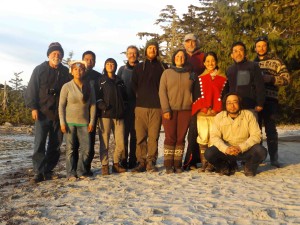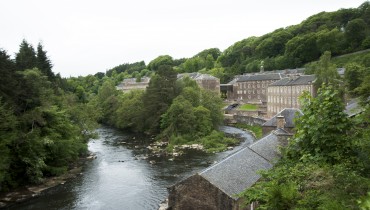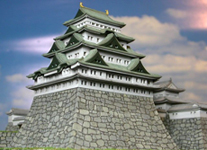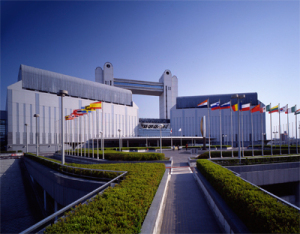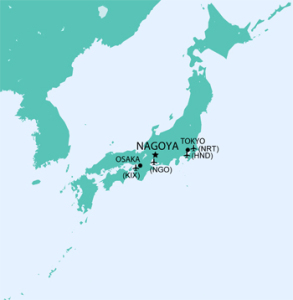by Dr. Naoto Yamamoto, Nagoya University, and Rika Shinkai, Nara National Research Institute for Cultural Properties
I am please to announce that Akira Matsui’s and my good friend Dr. Naoto Yamamoto, Nagoya University, Japan, has offered to take his role as the NewsWARP Asia Coordinator, allowing a smooth transition and continued coverage of the many Asian Wetland discoveries for our international readership. His contact information can be found under ABOUT NewsWARP in the upper menu area, along with the European and American NewsWARP Coordinators–please send us articles to publish here. Dr. Yamamoto, along with Akira Matsui and others from Japan, have helped us on several Northwest Coast of North America wet sites. We recently participated in the Wetland Archaeology and Environmental Change session, coordinated by Tony Brown and Nicki Whitehouse, as part of the XIX INQUA 2015 program in Nagoya, Japan (27 July-2 August) and he has provided his powerpoint and paper with Rika Shinkai here. We hope to include other INQUA Wetland Archaeology papers in the near future.
Jomon Wetland Sites on the East Coast of the Noto Peninsula, Central Japan: Paper and captions for PowerPoint and PowerPoint Presentation at INQUA: Naoto Yamamoto and Rika Shinkai’s PowerPoint Paper from INQUA
 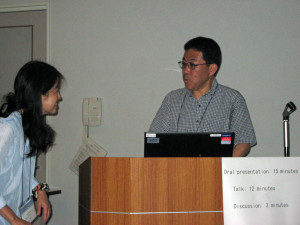 Dr. Naoto Yamamoto presenting his paper at INQUA with assistance of Rika Shinkai, August 2, 2015
Dr. Naoto Yamamoto presenting his paper at INQUA with assistance of Rika Shinkai, August 2, 2015

